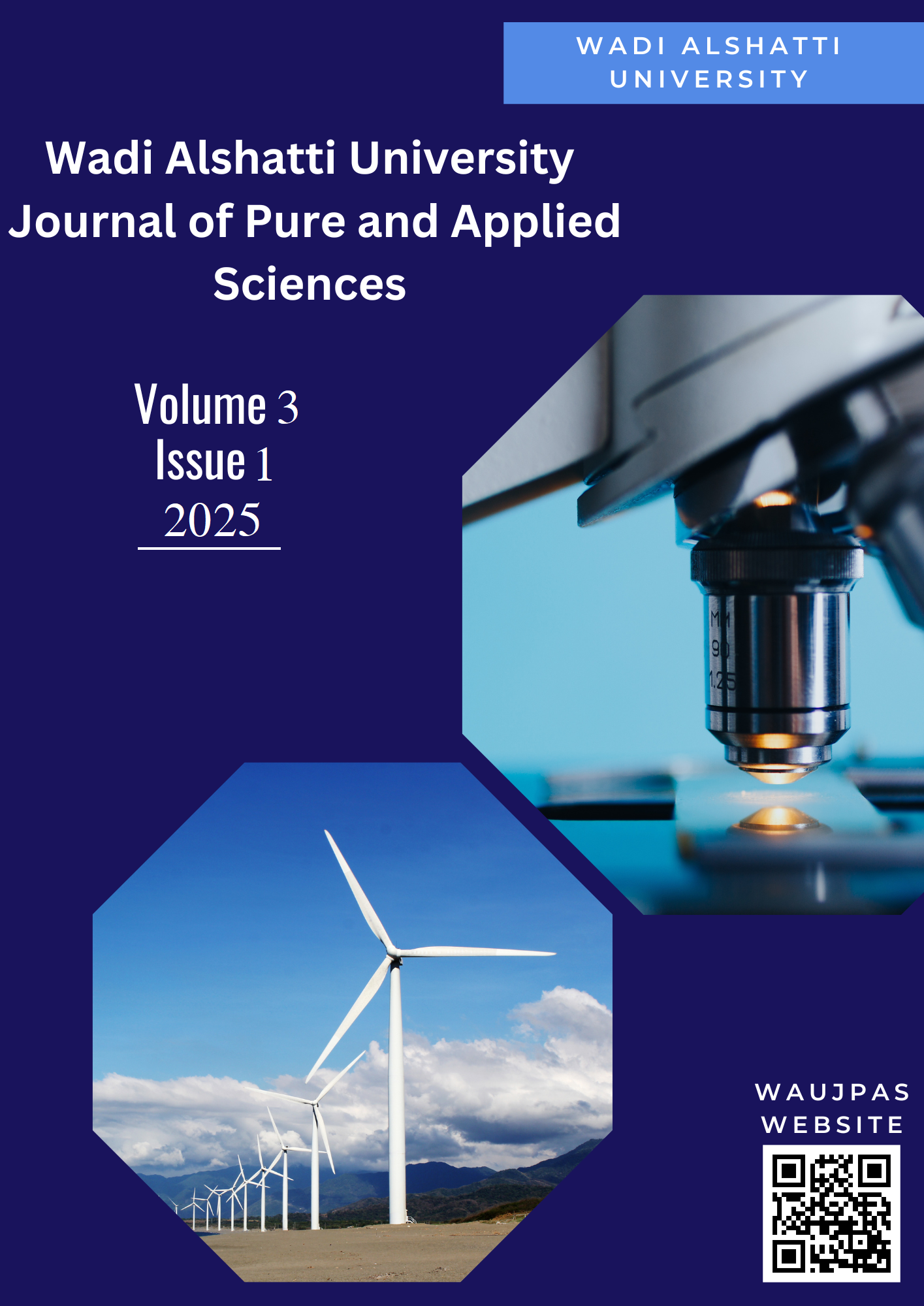Performance Analysis of MIMO-OFDM Systems under Different Modulation Schemes and Channel Conditions Using Various Transform Techniques
DOI:
https://doi.org/10.63318/waujpasv3i1_25Keywords:
MIMO-OFDM System, Modulation Schemes, Channel Conditions, Transform Technique, Bit Error RateAbstract
MIMO-OFDM, a combination of Multiple Input Multiple Output and Orthogonal Frequency
Division Multiplexing, offers high data rates and improved spectral efficiency for wireless
communications. This study evaluates MIMO-OFDM performance in digital image transmission
using modulation schemes such as BPSK, QPSK, 16-QAM, 64-QAM, and 128-QAM under
AWGN, Rayleigh, and Rician channels. Signal transforms including FFT, DWT, DCT, and DFT
are applied to enhance robustness and reduce distortion. System performance is assessed based on
Bit Error Rate (BER) versus Signal-to-Noise Ratio (SNR). Results show BPSK achieves lowest
BER in all conditions, making it ideal for noisy environments, while higher-order QAM schemes
yield higher throughput with increased BER at low SNR. DWT-based systems perform best in
minimizing BER and preserving image quality. These results highlight the importance of selecting
optimal modulation and transform techniques to balance data rate and reliability. Future work may
explore adaptive modulation and hybrid transforms to improve performance in dynamic
conditions.
Downloads
Downloads
Published
Issue
Section
License

This work is licensed under a Creative Commons Attribution-NonCommercial 4.0 International License.
This journal uses Creative Commons Attribution-Noncommerical 4.0 International License (CC BY-NC 4.0), which permits use, sharing, adaptation, distribution and reproduction in any medium or format, as long as you give appropriate credit to the original author(s) and the source, provide a link to the Creative Commons license, and indicate if changes were made. To view a copy of this license, visit https://creativecommons.org/licenses/by-nc/4.0/.
Copyright of articles
Authors retain copyright of their articles published in this journal.





